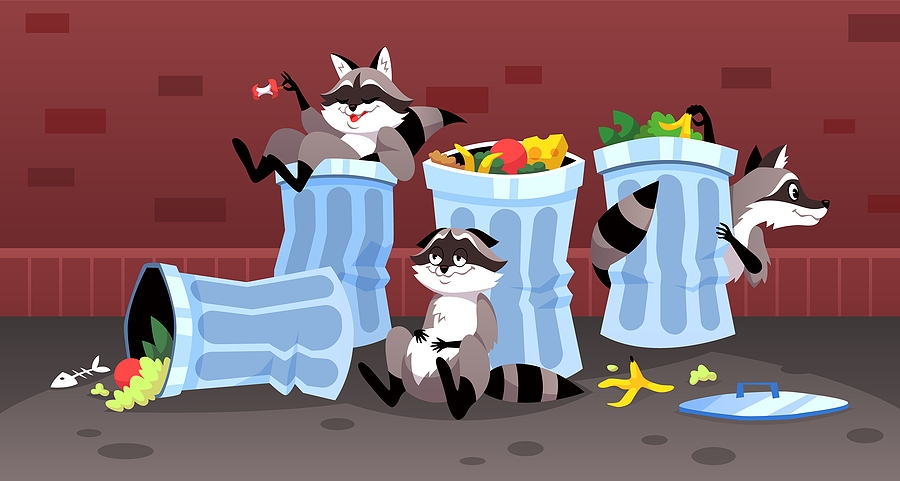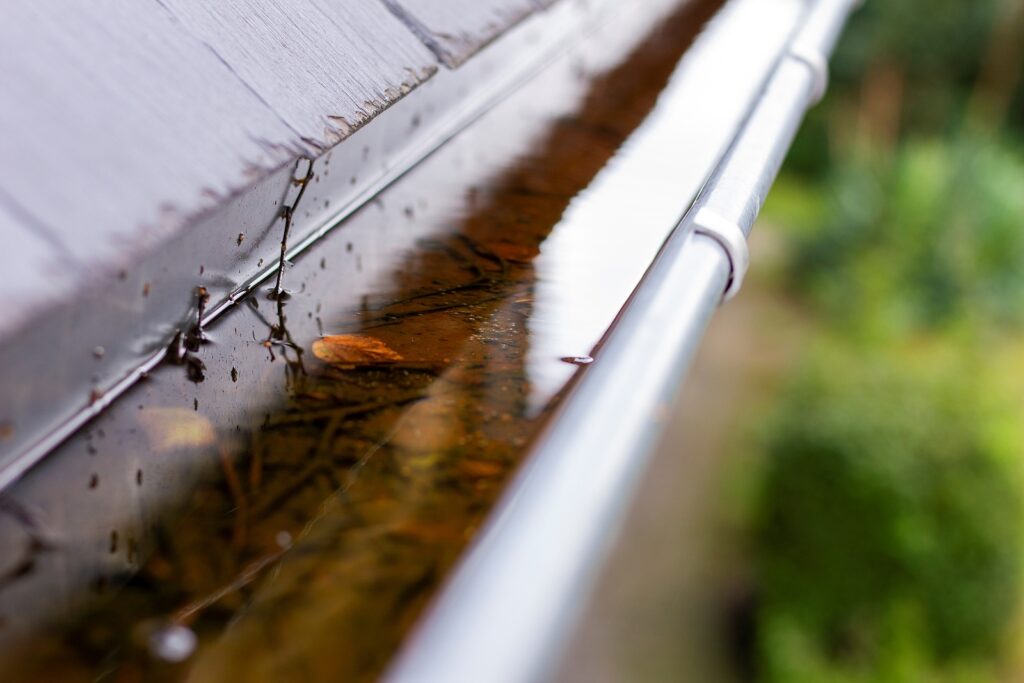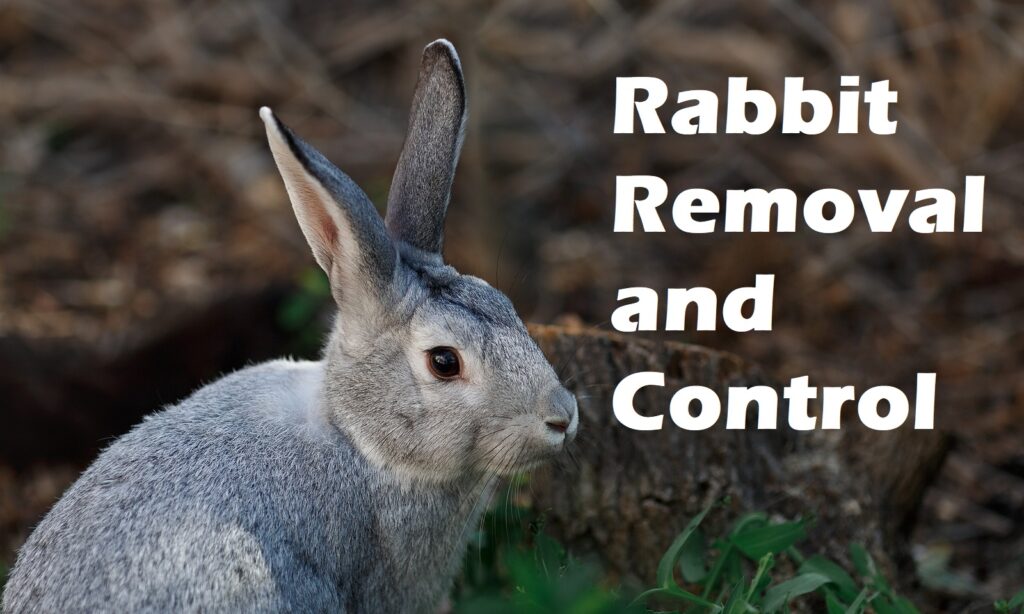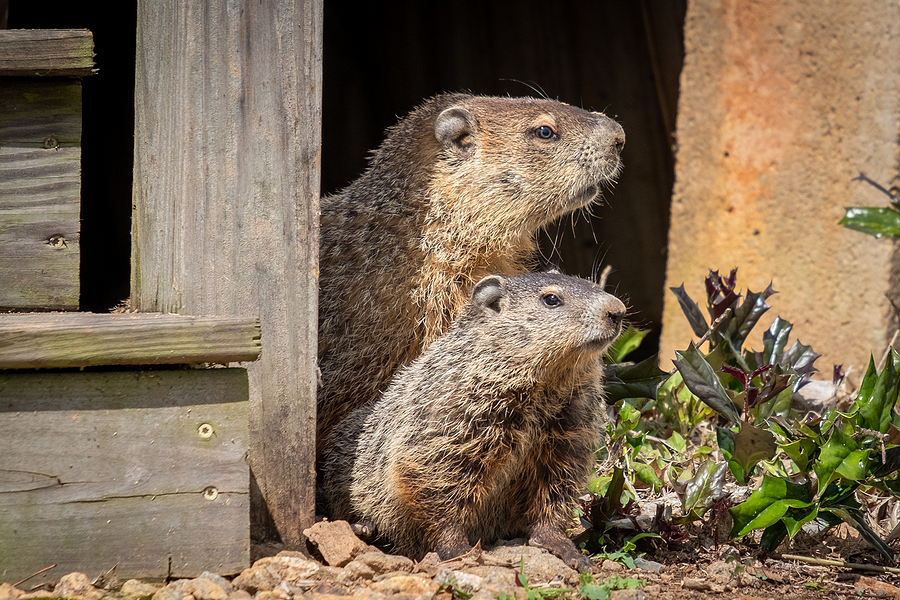Wildlife control involves much more than simply removing an unwanted animal from your property. It requires a careful balance of human safety, animal welfare, and respect for the environment. In this in-depth look at wildlife removal techniques, we will delve into the various methods utilized by professionals in the field, from humane trapping to habitat modification.
We will explore how these techniques are implemented to ensure safety for all parties involved, and how they contribute to a broader strategy of wildlife control. Whether your unwelcome visitor is a raccoon, a snake, or a flock of pigeons, understanding these techniques can provide valuable insights into resolving your wildlife issues effectively and humanely.
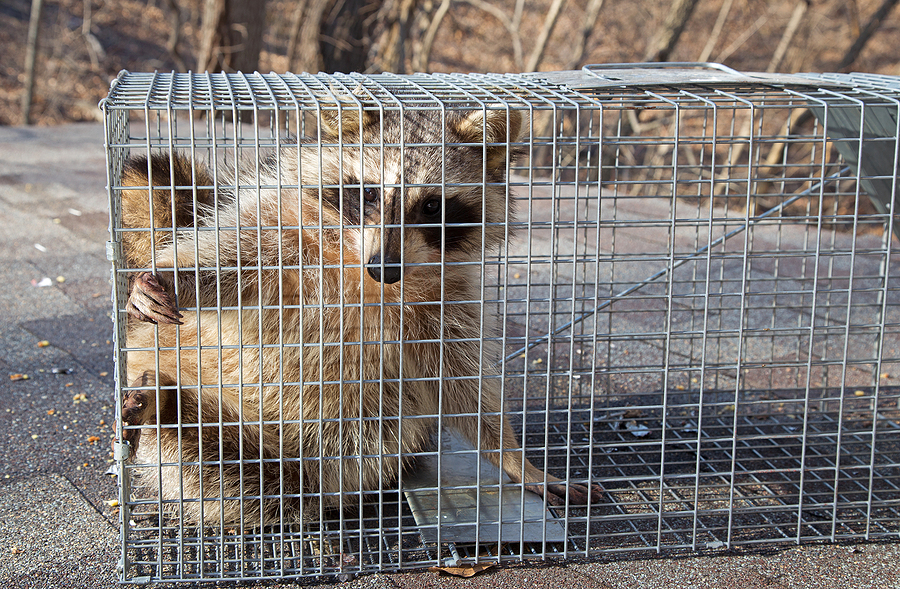
Top Wildlife Removal Techniques
Humane Trapping
Humane trapping is the most common method used in wildlife control. It involves using a trap to capture an animal without causing it injury or discomfort. The traps vary in size and design, but they all have one thing in common: bait is used to lure the animal inside. Common baits include fruits, vegetables, fish, and eggs. Once the animal is captured, it can either be relocated or euthanized in a humane manner.
Humane trapping may be used to capture any number of animals, including raccoons, opossums, squirrels, skunks, and birds. It’s important to use the right trap for the job; for example, small mammals such as mice and voles require smaller traps than larger mammals like raccoons. Additionally, the trap must be placed in an area where the animal is likely to find it – baiting should never be done indiscriminately.
*Animal trapping should only be carried out by a licensed and insured wildlife control operator. Never attempt to touch, trap, harm, or kill woodland wildlife in Indiana. You could get injured or face civil and criminal penalties.
Habitat Modification
Habitat modification is another effective method of wildlife control for nuisance animal problems. This involves altering an animal’s environment so that it no longer has access to food, water, or shelter. For example, if a raccoon is living in your attic, you can install screening over the vents and chimneys to prevent it from accessing the area. You could also block off access points on the roof, remove accessible food sources (such as bird feeders), and ensure that garbage cans are securely sealed.
Habitat modification can also be used to discourage animals from returning. This might involve installing motion-activated lights or sprinklers, trimming back overhanging trees and brush, or erecting a fence around the property. By eliminating attractive features of your environment, you can make it less appealing for wildlife.
Animal Repellents
Animal repellents are substances that can be used to deter animals from entering an area. They come in a variety of forms, ranging from natural products (such as predator urine or plant extracts) to synthetic chemicals. Repellents work by creating an unpleasant environment for the animal, either through smell, taste, or touch.
Repellents may be used in conjunction with other techniques, such as habitat modification or humane trapping. They can be applied directly to the area where the animal is entering or living, or they may be sprayed around potential access points. Repellents are generally safe for both humans and animals, but it’s important to read the label carefully before using them.
Conclusion
Wildlife control requires a strategic approach. By understanding the various techniques available – such as humane trapping, habitat modification, and repellents – you can develop an effective strategy for resolving your wildlife issues safely and humanely. With proper planning and implementation of these methods, you can ensure that all parties involved are kept safe while preserving the balance of nature in your area.
It’s also important to remember that wildlife control is an ongoing process. Even after you’ve removed the animal from your property, it’s essential to keep up with maintenance and repairs to ensure the problem doesn’t resurface. With proper care and vigilance, you can keep your home and environment safe for years to come.
Ready to get rid of nuisance critters quickly, and at a price you can actually afford? Contact Modern Wildlife Control at 317-847-6409 for licensed and insured animal removal services in Indianapolis, Indiana. We serve residential and commercial clients.
Related Posts:
The Benefits of Professional Dead Animal Removal Services
11 Tips for Humanely Controlling Indiana Wildlife
Common Indiana Wildlife That Can Damage Your Property

